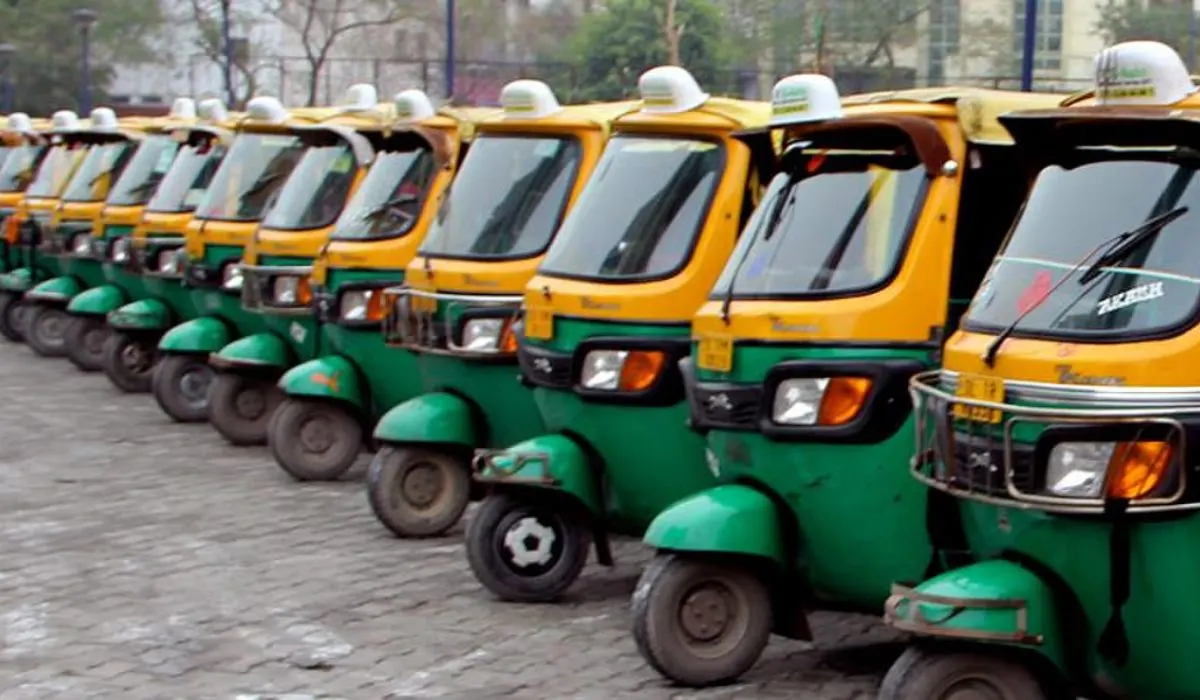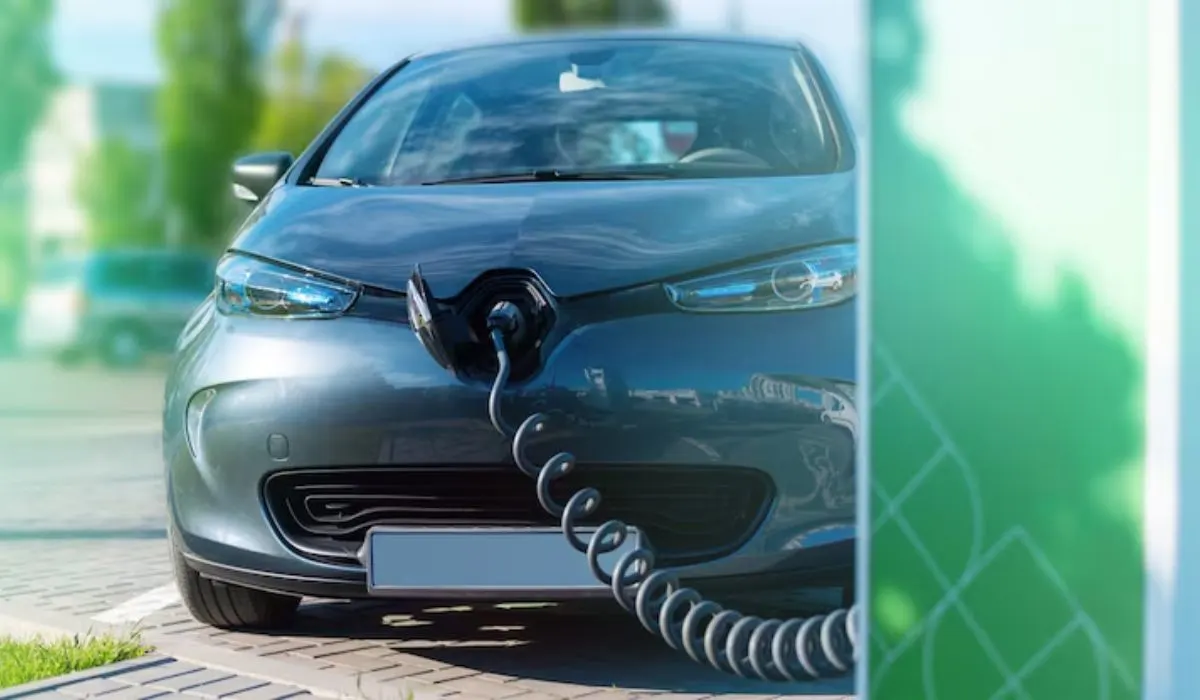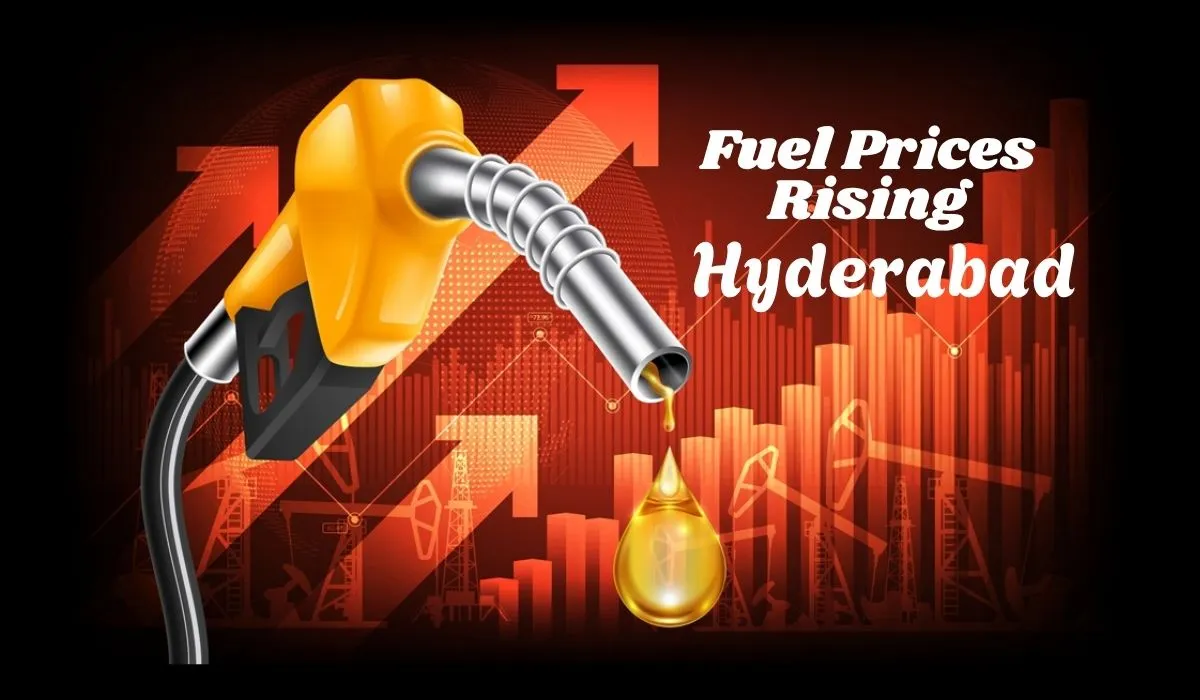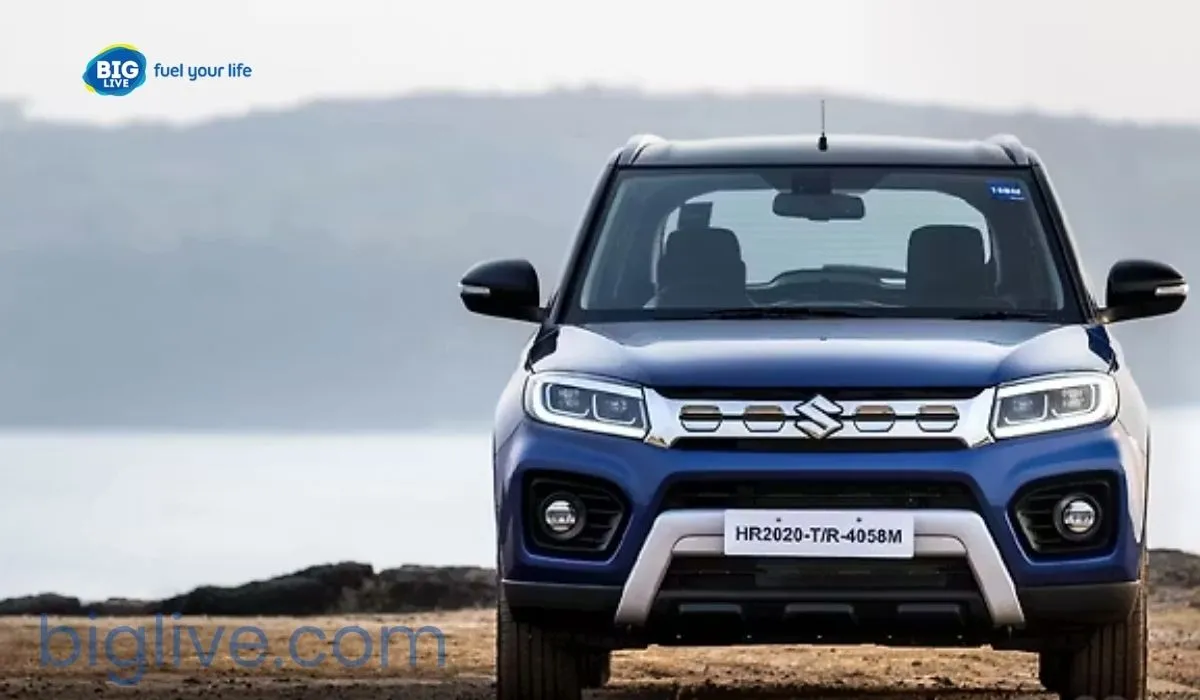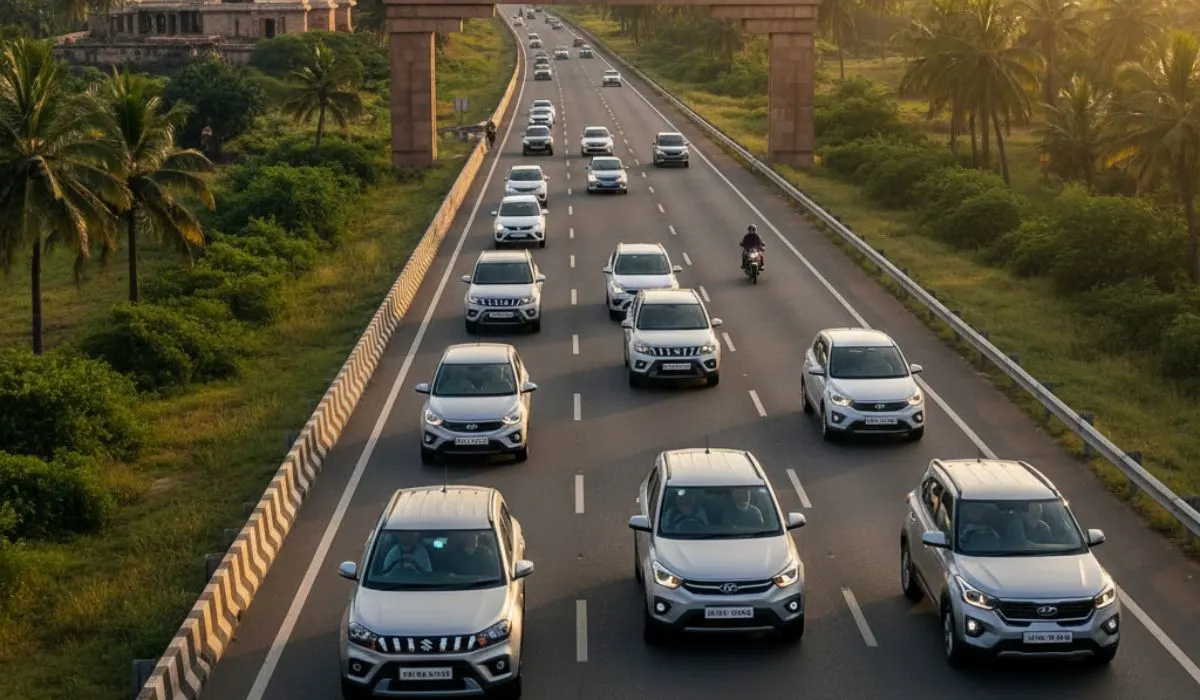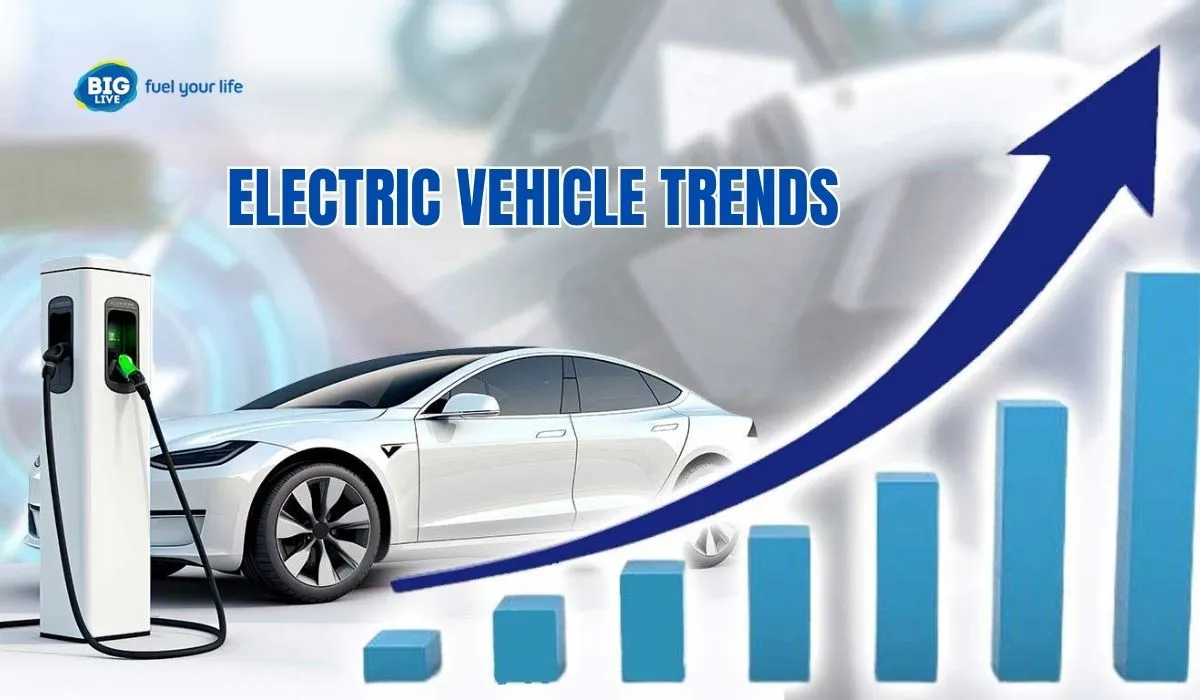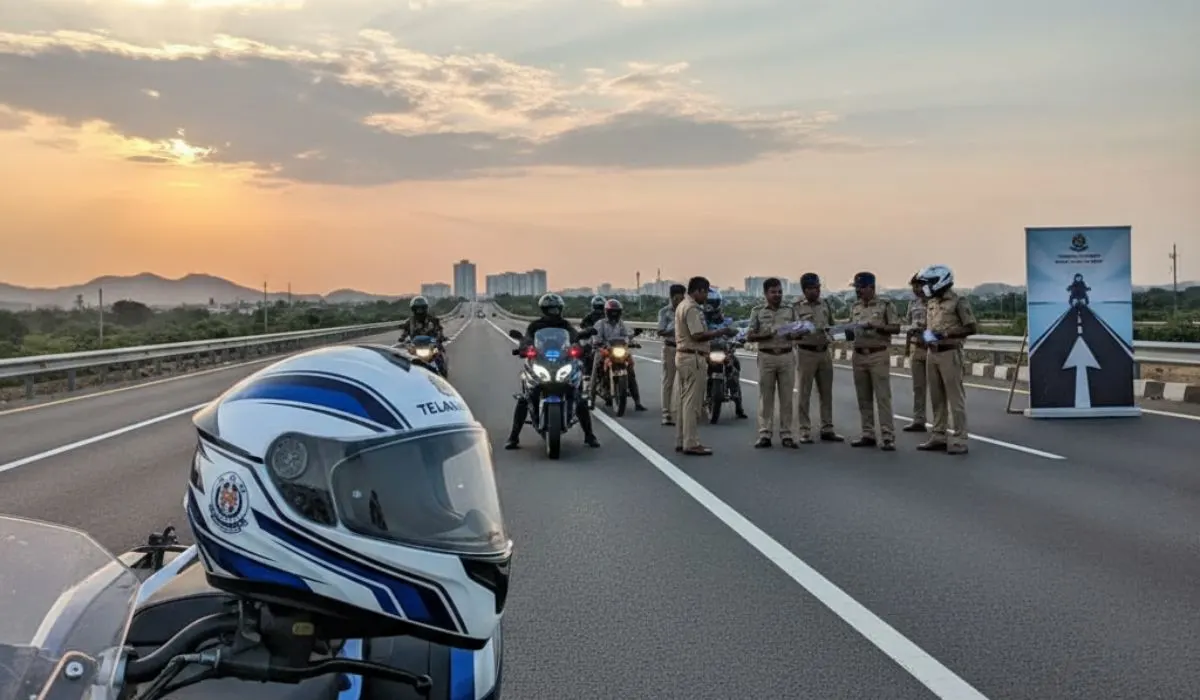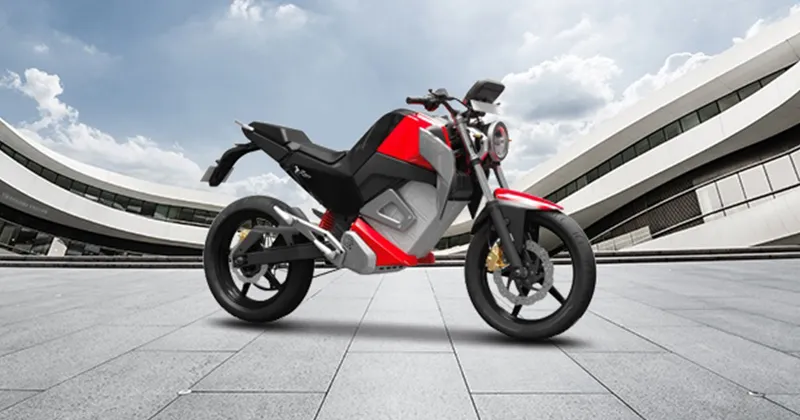Delhi is the capital of India as well as the heart of the country. Every day lakhs of people travel here and auto rickshaws play a very important role in their journey. Whether it is to go to the office, to the market or to travel the distance beyond the metro, auto is considered to be the easiest and cheapest means everywhere.
But now the Delhi government has taken a big decision. The government has announced the implementation of the new EV policy 2.0. The policy states that now gradually the old petrol and CNG autos will be removed and only electric autos will run in their place. Passengers may feel good after hearing this, as they will get a smoke-free and comfortable journey, but this decision is a cause of concern for the drivers. This change can affect both their livelihood and future.
What is Delhi EV Policy 2.0?
The EV Policy 2.0 is easy to understand. The aim of the Delhi government is to reduce pollution on the roads of the city. The first phase of the policy came in 2020, promoting electric cars, scooters and e-rickshaws. Now the second phase i.e. 2.0 has come, which focuses especially on auto rickshaws.
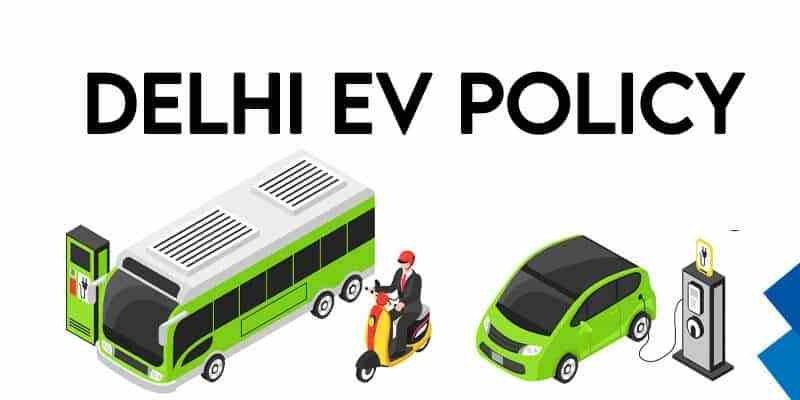
- Now the newly registered autos in Delhi will be electric only.
- Gradually, the old petrol and CNG autos will be replaced by EV autos.
- The government wants that in the next few years, most of the autos running in Delhi should become green autos.
- This means that if a new driver wants to buy an auto, he will now have to take only EV auto.
Why Are Auto Rickshaws Banned?
Many people ask this question that when CNG autos are already considered to be very clean, then why do we need an electric auto? The answer lies in Delhi. Delhi has been facing severe air pollution for the past few weeks. In winters, the condition becomes so bad that even breathing becomes difficult.
- The smoke coming out of petrol and diesel vehicles pollutes the air.
- CNG autos may be a little better, but they can't completely eliminate pollution.
- Electric cars do not emit smoke at all and they also reduce noise.
- This step of the government is to clean the air and give a healthy environment to the coming generation.
Challenges for Drivers
Although this policy may seem good for the common people and passengers, it creates many difficulties in front of auto drivers.
- Expensive cars: It costs around Rs 2 to 2.5 lakh to buy an electric auto. Most of the drivers are daily wage earners and it is not easy for them to raise such a huge amount.
- The burden of the loan: Many drivers are already paying EMIs of their old autos. If they have to get a new EV auto, they will incur another debt.
- The charging problem: At present, there are very few charging stations in Delhi. In such a situation, if the vehicle is discharged in the middle of the road, then the work of the driver will be directly affected.
- The risk of profit: If EV autos are not available on time, drivers can become unemployed. And their families can suffer too.
As much as this change looks good, it is also a matter of concern for drivers.
Also Raed :- Delhi Metro Didis Create Chaos, Turn Coach Into WWF Ring As HairPulling Seat Fight Goes Viral
Government Support and Schemes
The government has understood that it will not be right to put a sudden burden on the drivers. So many schemes have been made so that they get relief. The government will provide subsidies to those who buy EVs. That is, some money will be received as help from the government while buying a car.
- Drivers who scrap their old auto will get additional benefits under the exchange offer.
- Charging stations and battery swapping points are being set up at various places in Delhi.
- Loans to buy EV autos will also be available at a lower interest rate to make it easier for drivers to pay installments.
Benefits for Passengers
The EV Policy 2.0 not only impacts the drivers but also offers several benefits to the passengers. Traveling in an electric car will be more comfortable and quiet. With the end of smoke and pollution, passengers will get fresh air. EV autos are cheaper to maintain, so rentals can also remain affordable. Travellers will feel less jittery and more relaxed while travelling long distances.
Common Questions and Concerns
Some common questions also arise in the minds of people and drivers. Will all the old cars be removed immediately? No, it will be slow. New registrations will be stopped first and old ones will be replaced later. Will the subsidy be available to all drivers? Yes, but it will be available only to the registered drivers who will buy the EV auto from the authorized dealer.
How to solve the problem of charging?
The government is bringing a battery swapping model, in which drivers can change the battery and drive immediately.
A Picture of the Future
If this policy is implemented properly, Delhi can become an example for the country. New jobs will be created, such as battery charging stations, service centers and businesses related to EVs. Passengers will have a better and cleaner journey. In the long run, the burden on the pockets of drivers will also be less as electricity costs less than CNG or petrol. This will not only make Delhi's air cleaner but will also improve the lives of both drivers and passengers.
Conclusion
Delhi's EV Policy 2.0 is easy to understand. The government wants to reduce pollution and promote electric vehicles. Due to this, auto rickshaws will be gradually replaced by EV autos. This change is good for passengers and the environment, but it also creates new challenges for drivers.
If the government and society together help the drivers, this change will be beneficial for everyone. In the coming times, Delhi will become an example for the entire country as a green and clean transport model.



